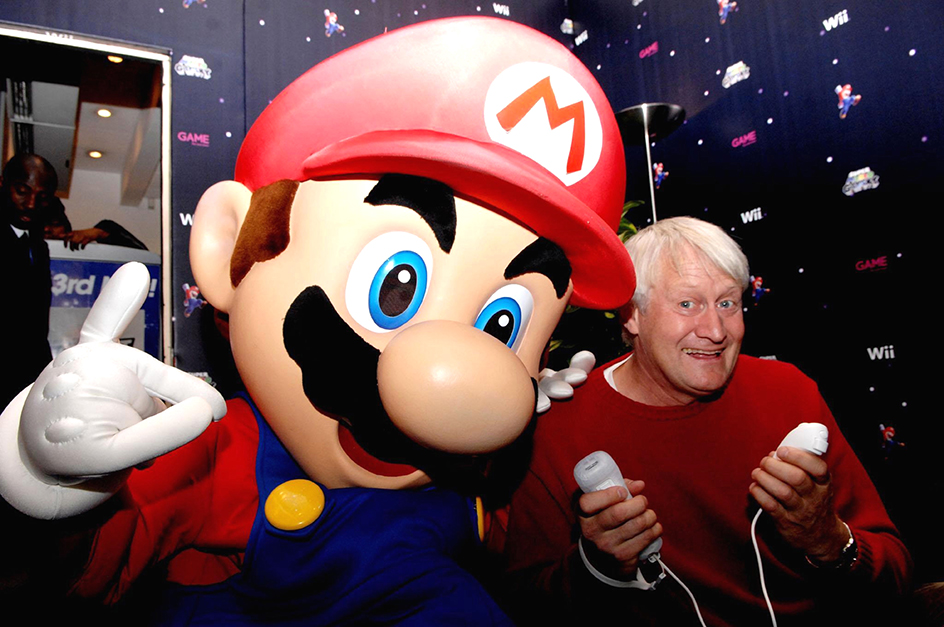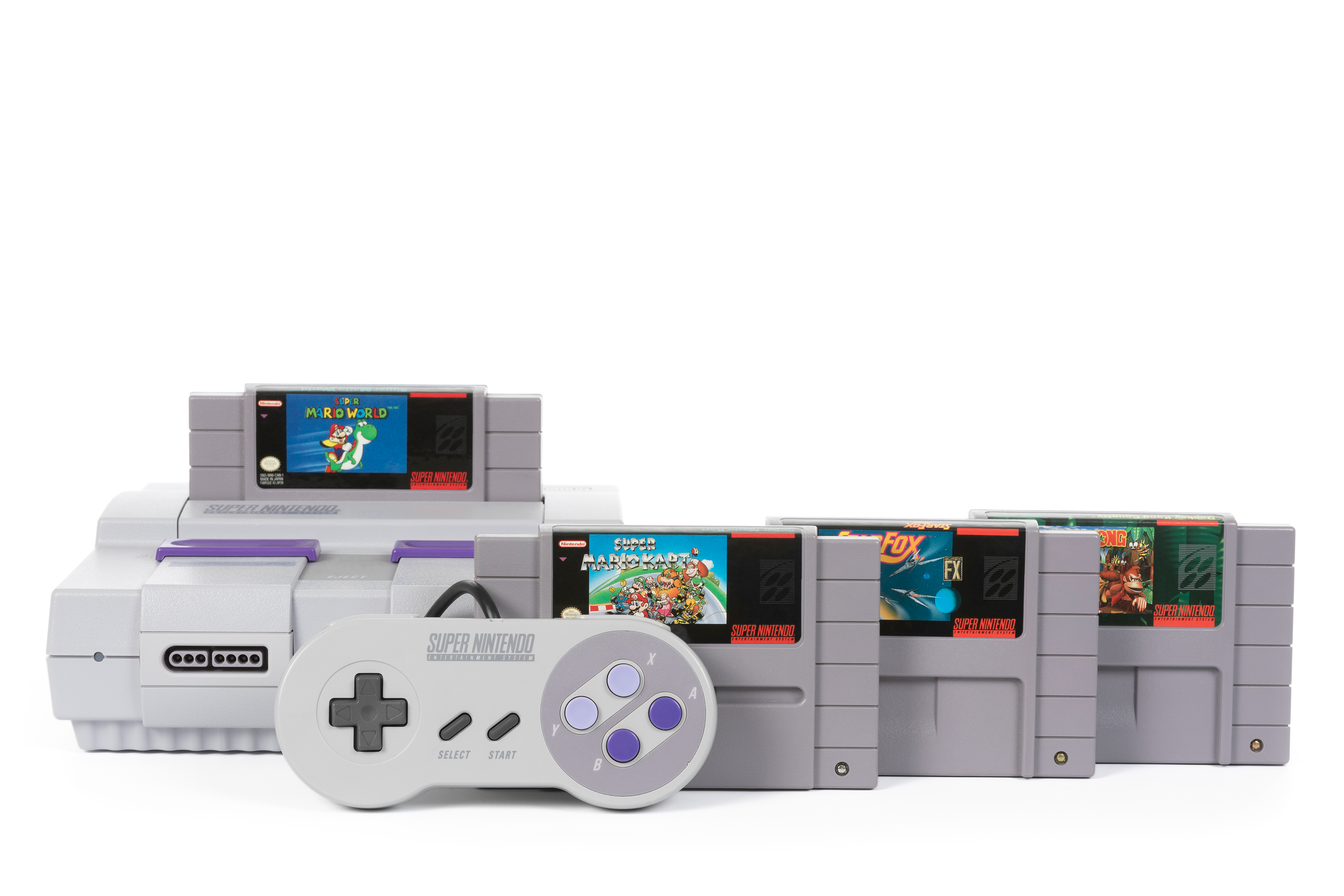Nintendo is one of the oldest and most successful producers of video games and video game machines. The company has become widely known for its home video game consoles, handheld game systems, and the many fictional characters and stories created for its games. Nintendo characters, such as the gorilla Donkey Kong and the adventuring plumber Mario, rank among the most recognizable figures in the history of popular culture. Nintendo has its main headquarters in Kyoto, Japan.

Nintendo was founded in 1889 to manufacture traditional Japanese playing cards called hanafuda. In the 1960’s, the company expanded its business to include games and electronic toys. In 1977, Nintendo hired the Japanese artist Shigeru Miyamoto. Miyamoto went on to become one of Nintendo’s most important video game designers.
In 1974, Nintendo developed an image-projection system used in early electronic games, which were played at commercial gaming facilities called arcades. In 1978, the company released Computer Othello, its first arcade machine. An arcade machine is a coin-operated video game housed in a freestanding cabinet. The arcade machine Donkey Kong, released in 1981, became Nintendo’s first major success in the United States. Donkey Kong introduced the characters Donkey Kong and Jumpman (later renamed Mario). Both characters would reappear in many later Nintendo games.
In 1983, Nintendo released a home video game console in Japan called the Family Computer (Famicom). Video game consoles are household computers built specifically for gaming. In 1985, they released a similar system internationally known as the Nintendo Entertainment System (NES). Early Nintendo games such as Super Mario Bros. (1985), The Legend of Zelda (1986), and Metroid (1987) established many of Nintendo’s best-known characters and stories and inspired many sequels. The system’s innovations included improved controller designs and special memory cartridges that enabled players to save their progress, connecting multiple game sessions into a longer quest. The NES became a huge international success and dominated the video game market.
Nintendo’s next major success was the Game Boy, a battery-powered handheld system released in 1989. It featured a dim liquid crystal display (LCD) that displayed only four shades of one color. Despite this primitive display screen, the Game Boy sold well with the help of a variety of popular games.
Throughout the 1990’s and early 2000’s, Nintendo continued to release more advanced home consoles—such as the Super Nintendo Entertainment System (SNES), Nintendo 64, and Nintendo GameCube—and handheld systems, including the Game Boy Advance and Nintendo DS. Each new machine introduced more sophisticated play and improved graphics (visual elements) while offering games based on long-running Nintendo characters and stories. 
In 2006, Nintendo released the Wii video game console. The Wii introduced innovative motion-sensitive controllers that encouraged players to move around during play, rather than simply pushing buttons or shifting a joystick. Nintendo released the Wii U console in 2012. It featured a controller with a large, touch-sensitive screen. The Wii U failed to match the success of the Wii, becoming Nintendo’s worst-selling home console ever.
In 2017, the company released the Nintendo Switch, which functions as both a home console and a handheld system. The Switch can play games via a television screen, as can a traditional console. Players can also remove the Switch from a dock to reveal a large touch screen for on-the-go play. The Switch enables players to play the same games in console and handheld mode. 
